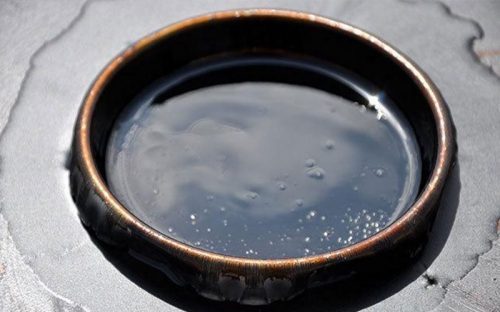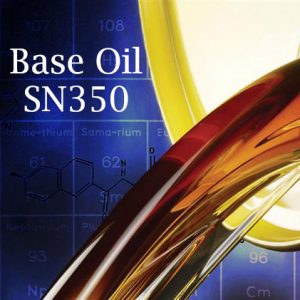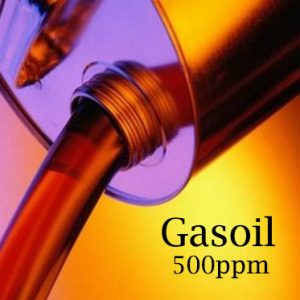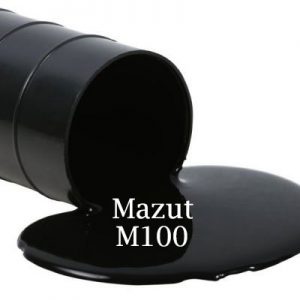Description
There are two known methods used to modify bitumen properties which are emulsification with water and dilution with hydrocarbon solvent enabling the bitumen to be applied cold, up to about 80°C for emulsions or up to about 150°C for cutbacks, depending on the dilution and solvent used.
Bitumen emulsion is heterogeneous, two-phase systems consisting of two immiscible liquids, bitumen and water, stabilized by a third component, the emulsifier. The bitumen is dispersed throughout the continuous aqueous phase in the form of discrete droplets, typically 0.5 to 5 microns in diameter, which are held in suspension by electrostatic charges.
Advantages
Emulsion Bitumen (Asphalt) doesn’t need chemical solvents, heating process during operation, lower risk of fire during cargo shipment or storage, lower contamination risk for nature (no hydrocarbon emissions) and they perform better in humid environments.
Two main sub-products for Emulsion Bitumen are Cationic and Anionic Emulsion Bitumen.





